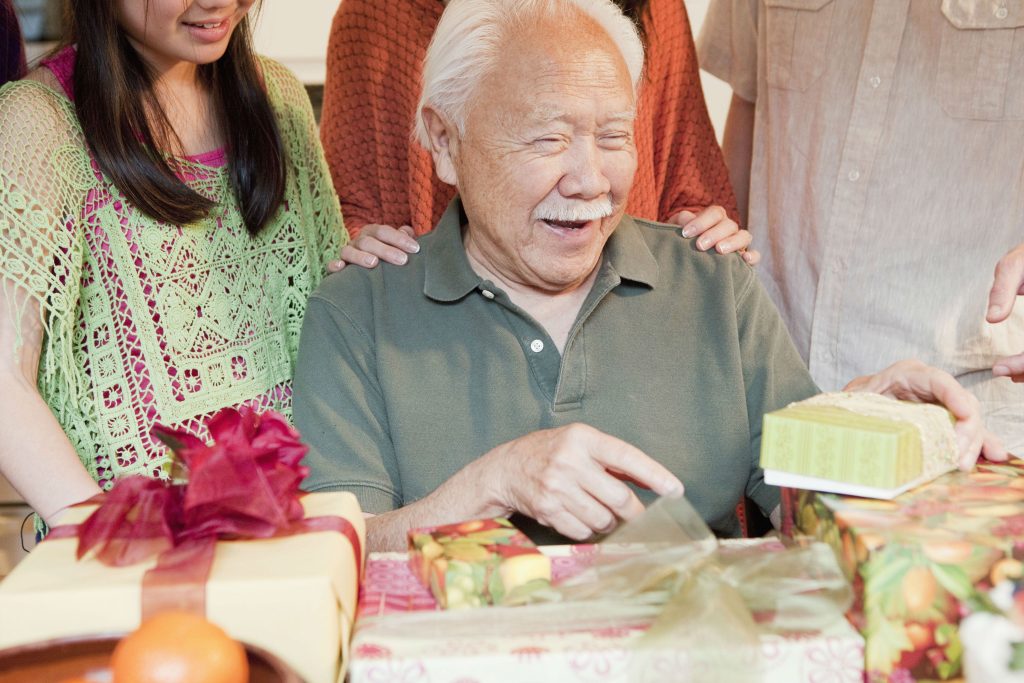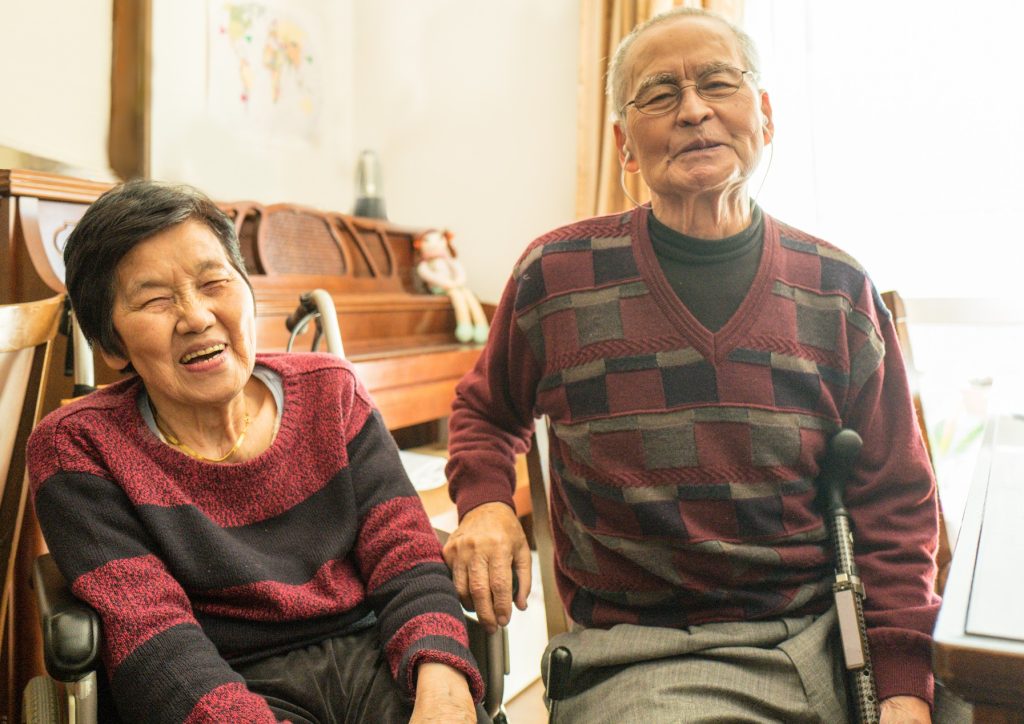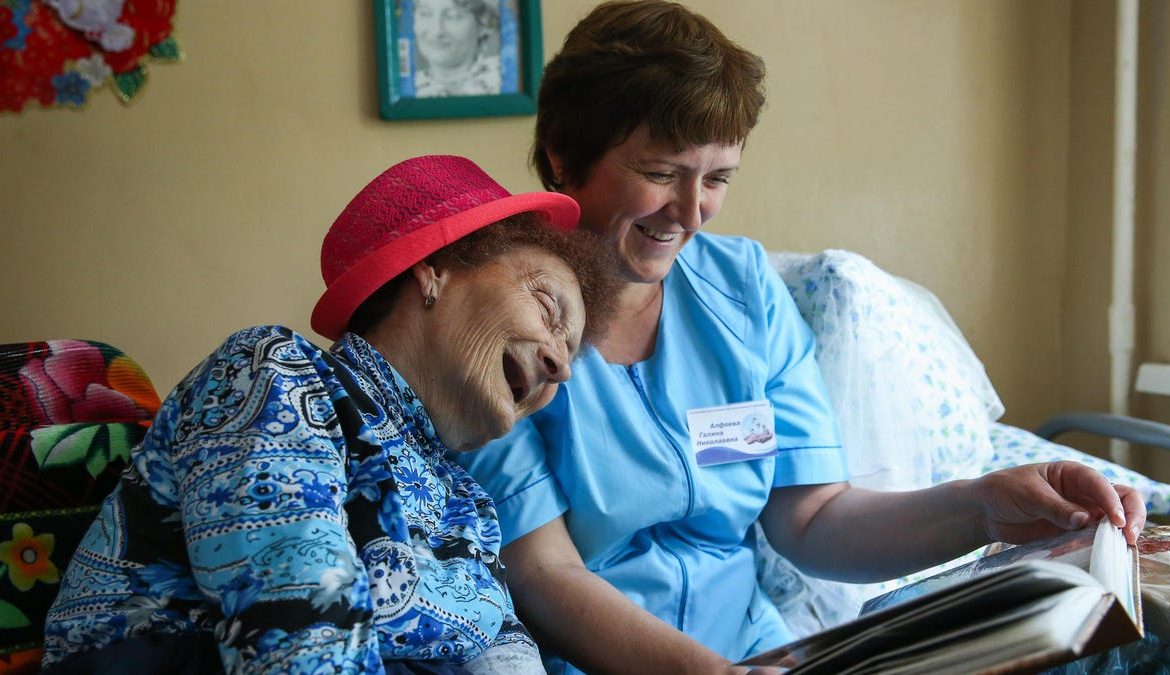How the Elderly Are Treated Around the World
How the elderly are treated around the world is different in different cultures, but they share some characteristics in common. In Hawaiian culture, for example, the elderly grandmother is revered for her knowledge of leis and feather accessories. In New Guinea, an elderly woman was the last person to survive a devastating typhoon and was asked for guidance on what plants were safe to eat. In the US, for example, the average age of a Supreme Court justice is 53.
Culture
While many Western cultures put a strong emphasis on youth and individualism, the Asian and Latin cultures are notably more caring and family-oriented. Learn more on wilmacliving.com how children and grandchildren typically take care of their parents until they die. Children may even take on the role of ancestor spirits, allowing the children to help out until their parents are no longer able to care for them. North Americans, on the other hand, are highly individualistic, and they tend to separate the elderly from their families and focus on careers or raising children.
Related: Tips For Seniors Dealing With End-Stage Medical Conditions
Western societies are changing rapidly, and the attitudes toward the elderly vary widely. In Asia, elder care is largely left to family members, who will generally intervene only when the elderly person needs help. In the West, however, the elderly are treated more as a voluntary task, and caring for a parent is a matter of duty, not obligation. This is one of the major causes of the dramatic changes in senior care across North America and elsewhere.

Environment
There are important policy implications associated with the Environment of the Elderly. The elderly are especially vulnerable to climatic changes and lack the capacity to cope with disasters. Heatwaves and other climatic events have a particularly high mortality toll for people over 65. Considering the increase in climate-related disasters, the challenges to ageing populations will continue to grow. Despite this, there are a number of policy opportunities associated with the changes in the characteristics of older populations.
Globally, the population of the elderly is rapidly growing. By the year 2050, their number is projected to increase by a third, or about a billion people. In low and middle-income countries, the proportion of the elderly is expected to grow even faster. This demographic shift is likely to increase the number of people in need of care and medical assistance in the future. For these reasons, health and social systems must be adequately prepared for this demographic shift.
Ageist attitudes
According to a recent UN report, every second person in the world harbors ageist attitudes. Ageism has serious consequences for older people’s health and quality of life, and costs societies billions of dollars every year. The report calls for more aggressive action to combat ageism and better measurement and reporting of the issue. But what are some of the solutions to ageism? Here are three possible strategies.
Knowledge about aging is an important antecedent of ageist attitudes. Research shows that knowledge about aging is associated with decreased stereotypes and less age anxiety. Furthermore, higher knowledge about aging reduces ageism. As a result, increasing one’s knowledge about aging is crucial in promoting positive attitudes toward the elderly. In other words, the more people know about aging, the more they’ll change their attitudes toward the elderly.
Social justice
Health care and access are critical areas where social injustice affects the elderly. Studies show that older minority Americans have less health-related quality of life than their white counterparts. Consequently, social justice for the elderly is needed to ensure that disparities in access and quality of care are minimized. One example of health care disparity is Alzheimer’s disease (AD). While age plays a significant role in diagnosis, access, and care, cultural factors also impede minority groups.

Understanding social justice policy is essential for effective advocacy. For example, one third of the federal budget is allocated to elderly services. In contrast, many critics point to the fact that a significant share of the workforce is made up of children. As the Baby Boomers reach retirement age, future resources will likely be earmarked for older people. This debate may reflect societal values. However, it also affects the ability of advocates to effectively advocate for the elderly.
Prisons
Several health-care centres have responded positively to a request to provide services for the elderly in prisons. However, some have not. This is due to the fact that many of them rely on outside providers. In some cases, prisoners may have to travel to a health-care facility in order to get the necessary assistance. In these situations, the prison authorities should supplement the care provided by outside providers. The aim of providing services is to provide a universal solution, but the challenges are still considerable.
For prisoners with physical or mental impairments, preserving mobility is critical to independent living. Activities of daily living, such as bathing, dressing, feeding oneself, and using the toilet, may be challenging for the elderly. As such, these prisoners must be accommodated to ensure they maintain their abilities to perform these daily tasks while in prison. These activities include waking up, sitting, and getting to the dining hall, as well as hearing and understanding prison guards’ orders.
Individualism
Sociological studies have found a striking difference between collectivism and individualism in the treatment of the elderly. In individualist societies, social ties are temporary and goal-oriented, whereas in collectivist societies, strong social bonds and permanent ingroups are the norm. In Japan, a woman can be so dependent on a single best friend, called a “shinyuu,” that she may quit graduate school and move to another town. In contrast, in western societies, the elderly are less likely to feel this way, as many cultures view them as interdependent.
In modern society, individualism in the treatment of the elderly is increasingly common. However, there are also a number of cultural differences to consider. While individualism and collectiveism are often mutually reinforcing, there are still many differences between their attitudes and practices toward aging. In collectiveistic societies, older adults are valued for their loyalty and sociability, while in individualistic societies, they are valued for their independence and youthful appearance.
Read More